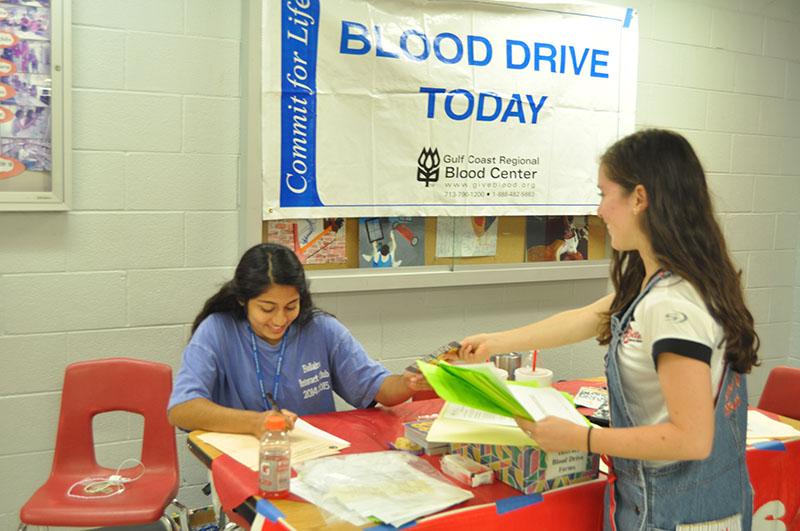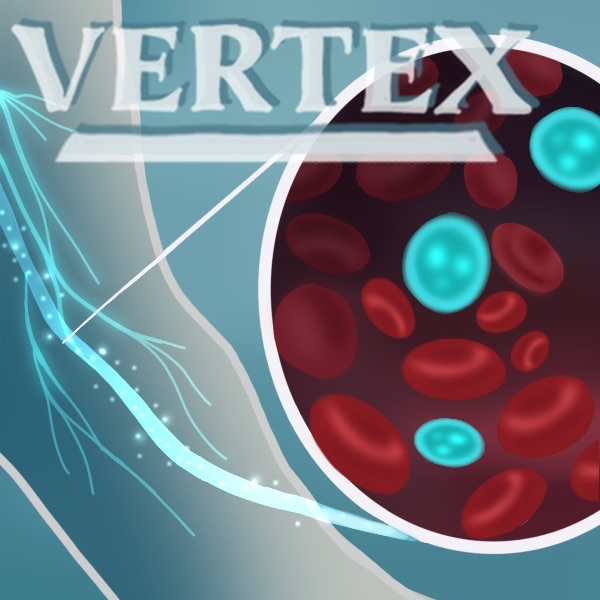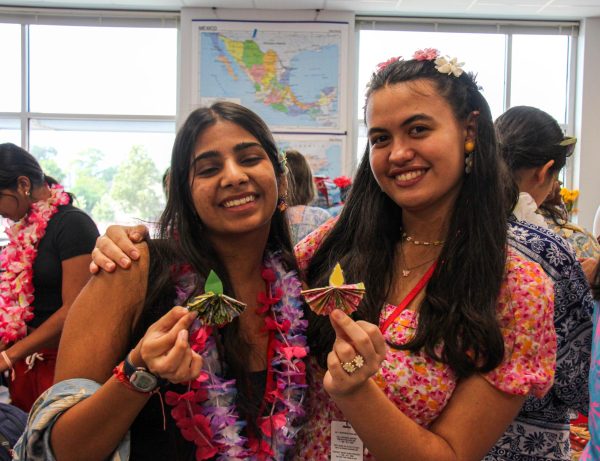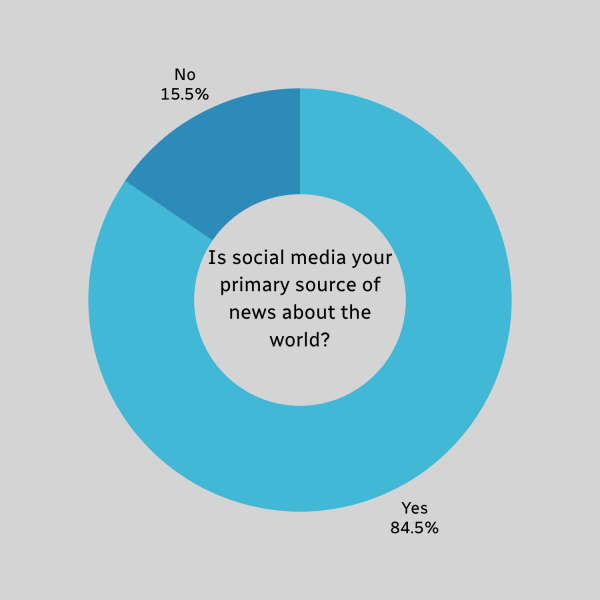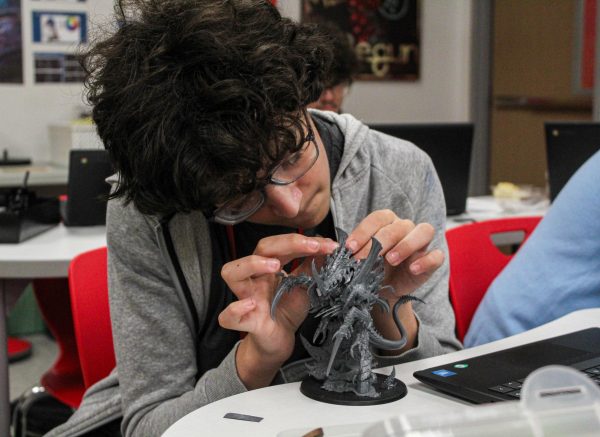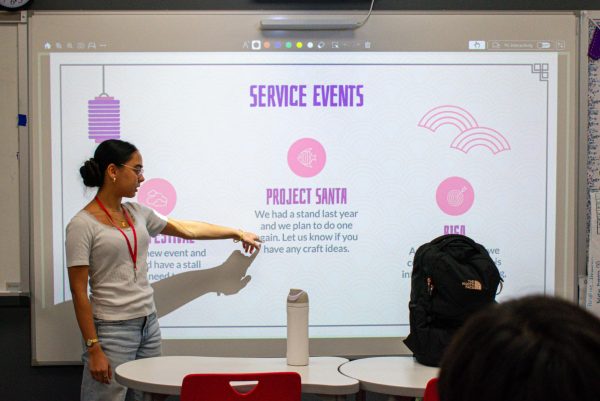Interact Club teams up with Gulf Coast Regional Blood Center to host Blood Drive
On Apr. 22, the Gulf Coast Regional Blood Center partnered with the school’s Interact club to host one of their three annual blood drives in the Multi-Purpose Room. The blood is used for blood transfusions in operations such as those to treat emergency room patients who have been in a car accident or have been burned badly.
Superviser for the Gulf Coast Mobile Team Roxanne Rodela explained that they need to collect a thousand units of blood per day in order to cover all the hospitals that they service. Each person who donates can save up to three lives.
“There’s different types of donations,” Rodela said. “You can donate whole blood and that’s where we take a pint of blood from you, and that takes 5-10 minutes. That whole blood will be taken to the lab, and they’ll separate it into red blood cells, plasma and platelets. And that way it can go up to three different people. We also have an apheresis donation, where you can donate just red blood cells. You can also do plasma and red blood cells. That’s where we draw your blood and a machine separates it now. It’s already been processed, so it’s available for the patients faster. It’s also safer for the patient because it’s coming from one person, versus the whole blood which will be put together from lots of different blood sources.”
Senior Janvi Pandya of the Interact club said their job is to get donors to attend the blood drive.
“The Gulf Coast Regional Blood Center come in about three times every year, usually in November, January and then April,” Pandya said. “They set up here. We get the word out that they just need kids to supply blood and platelets, and high schools are a great place to do that because most kids are healthy and a lot people want to do it.”
However, there are certain restrictions as to who can donate.
“You have to be 16 and up to donate blood,” Pandya said. “Then you have to get your parents sign this federal form and give their consent. If you’re 17, you just have to get a sheet and write what period you want to donate and then you get your teacher in that period to sign off and say, ‘yes, they can donate during that time.’”
Additionally, donors must weigh above 110 pounds if they are 17 years-old and above 120 pounds if they are 16 years-old.
When a donor comes in, the Blood Center team performs a mini physical, checking body temperature, pulse rate, blood pressure, and they also do a finger prick check to make sure the donor’s hematocrit, or the percentage of red blood cells in the blood, is fine. After that, the donors answer a series of health history questions based on travel or any health issues to determine whether they are eligible to give blood.
“The FDA makes all the restrictions that we have to follow, so there’s millions of things that can exclude you from being eligible to give blood,” Rodela said. “If you’ve travelled to certain malaria-risk countries or you are sick or have major health issues, then you’re not going to be eligible.”
And as Pandya explained, they also have to account for iron deficiencies. Any new tattoos or piercings could raise the iron level in your blood for a certain period of time.
Senior Michael Murphey donated blood for the first time.
“To be honest, I was kind of nervous that it would hurt a lot, but it didn’t,” Murphey said. “I’m 18 now, so I’m old enough to donate blood, and it sounds like a good thing to do. I can’t really think of any downsides. They said that you get to save three lives.”
Your donation will support the student journalists of Bellaire High School. Your contribution will allow us to purchase equipment and cover our annual website hosting costs.


